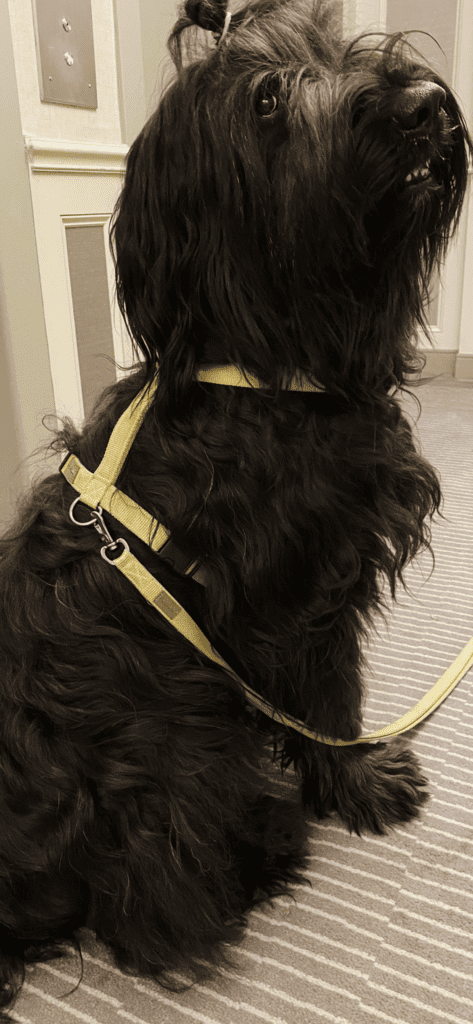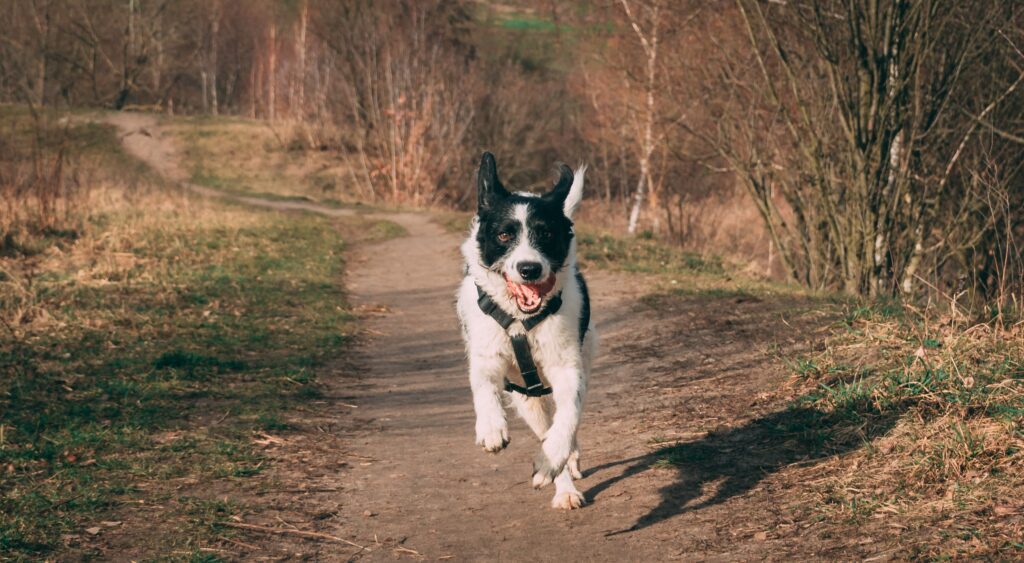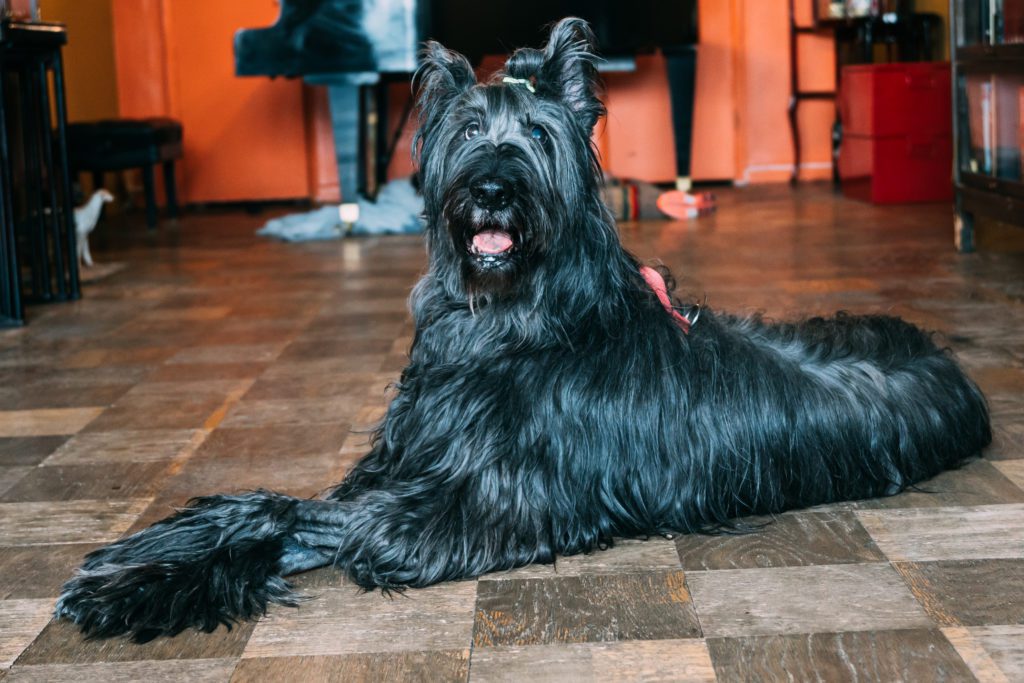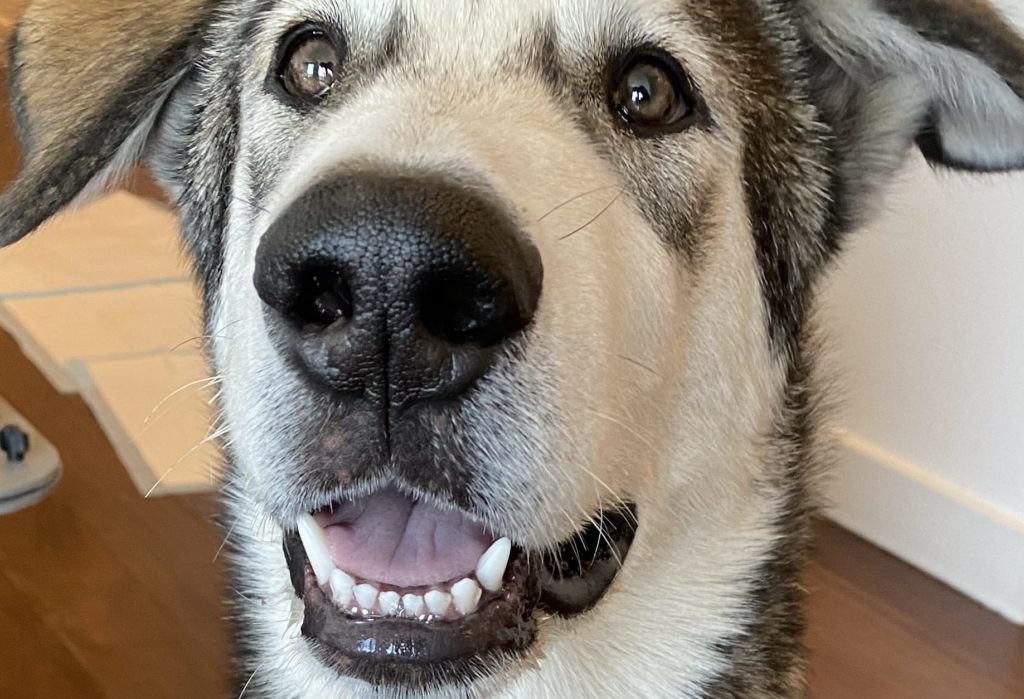Recently, I have seen a noticeable rise in the use of prong collars and choke chains on dogs and even tiny puppies. I find this trend deeply concerning and feel compelled to raise awareness about the cruelty of these devices.
Consider the perspective of an excited puppy: “I want to jump because I am so pleased to see you, and I want to lick your face.” The prong and choke collar using typical human response? Physical correction! Or imagine the puppy catching an intriguing scent and wanting to investigate, only to be met again with physical restriction and pain or discomfort at a minimum.
Such actions can easily lead to physical harm, particularly to the delicate neck area. The emotional toll, however, is just as significant. Dogs communicate and experience the world differently than humans. For a dog, a simple act of exploration or an expression of joy being met with a harsh response creates confusion and, more often than not, leads to long-term behavioral issues.
It’s true that dogs have been wearing collars for millennia, but the question arises: does tradition justify it? Whenever I see a dog with a chain around its neck, it evokes an uncomfortable image of enslavement. Although this reaction is subjective, what’s objectively undeniable is the potential harm to your dog’s health.
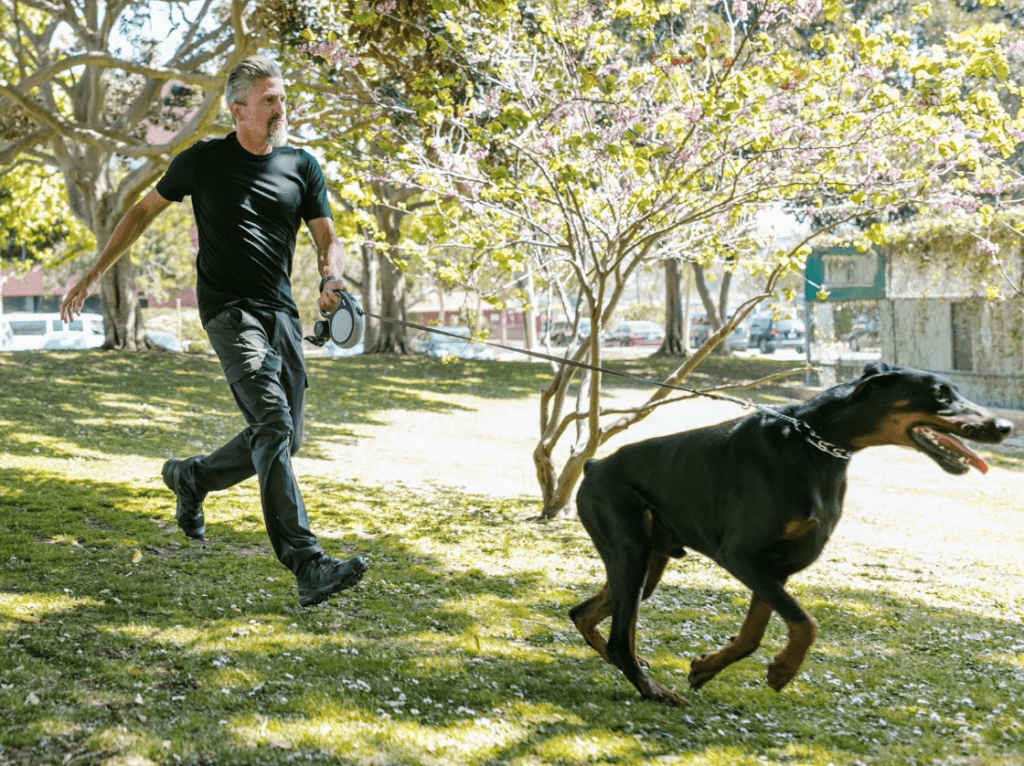
The Harness Alternative
Prioritizing Your Dog’s Health
Whether it’s a human tugging a leash to guide or “correct” a dog, or a dog pulling on a leash to pursue its curiosity, both scenarios can lead to serious health problems when a collar is involved. This isn’t limited to specific collar types; it applies to all kinds, including flat collars, limited slip or Martingale collars, prong collars, and choke chains – the latter two being so harmful that they have been banned in much of Europe.
The sight of a puppy on a tight leash, its collar exerting undue pressure on its neck and spine, is truly distressing. The potential physical damage should not be underestimated. A pulling collar can constrict blood vessels, put pressure on the thyroid gland, potentially deform the base of the tongue, and even cause nerve damage. It can also increase the risk of tracheal collapse, particularly in small breeds, and exacerbate conditions like glaucoma due to increased intraocular pressure.
That is just not acceptable.
Dispelling the Myth: Do Harnesses Encourage Pulling?
A common misconception persists that harnesses, due to dogs’ inherent opposition reflex, encourage them to strain against the leash, much like sled dogs. However, sled dogs are specifically trained to pull, and it’s not the harness that causes this behavior.
Harnesses offer a distinct advantage: instead of focusing pressure on the neck as collars do—especially harmful ones like prong or choke collars—harnesses distribute the force of pulling across the dog’s body. This is why sled dogs are equipped with double-wrap harnesses rather than collars!
Whether or not you believe that all puppies have an opposition reflex: If you have ever experienced the first time a puppy is put on a leash, you will inevitably have seen the puppy bucking backward against the restraint or trying to run away, not being used to having their freedom constrained to about 6 feet. A leash is a safety tool, not a device for steering. Neither the human nor the dog should be pulling! Walking on a leash is an activity for both humans and dogs to do in cooperation, actually a learned skill. The less tension on the leash, the more cooperation is encouraged.
Embracing A Y-Shaped Harness
Your dog’s well-being and ability to move unencumbered should always be your priority.
Regardless of your dog’s age, size, or stature, a shift from collar to harness is beneficial for all. For optimal health and comfort, select a well-fitting harness that doesn’t restrict your dog’s movement and enables them to move with ease.
A Y-shaped harness, such as the Italian-made, Haqihana Harness, is ideally suited for just this. Haqihana Harnesses are designed with the dog’s anatomy in mind, with the front aligning with the breastbone and a Y shape that leaves the shoulder joints unrestricted for natural reach and drive. The harness is not only soft and durable but also adjustable at five points, ensuring a perfect fit for every body shape and size, with specialized models catering to long-backed and deep-chested dogs.
An often misunderstood feature of the Haqihana Harness is the point of leash attachment: the back. This is not an aesthetic choice; it comes with significant benefits for your dog’s comfort and behavior. It creates a sense of freedom for dogs as it follows their natural movement, mostly making them feel as if they’re off-leash. Compare this to so-called no-pull harnesses to front-attached leashes, which will pull them to the side and inhibit their ability to walk comfortably by putting pressure on the upper part of the front legs and preventing them from having a relaxed and natural stride.
A Y-shaped harness that is back-attached to the leash reduces injury risks by spreading the force evenly across the body instead of straining the neck and throat. It also promotes proper posture and natural movement, preventing any spinal misalignment. This combination of enhanced comfort, safety, and improved behavior is why NY Magazine named the Haqihana Harness the best harness choice for long-backed breeds like dachshunds, corgis, whippets, and greyhounds.

